Section Styles spotlight-header
I am an
APPLIED DATA SCIENTIST
Tatheer Adnan
Presented by the AMGEN foundationMANY INDUSTRIES RELY ON DATA TO DRIVE STRATEGY.
As an Applied Data Scientist, I use statistics to find patterns in data that can help answer important questions.
MY WORK SETTING
Indoor vs. Outdoor
I spend all of my time working inside at a desk.
People vs. Alone
I spend most of my time alone writing code and analyzing data.
Creative vs. Defined
Some of my work is creative, and I have a lot of structure to each day.
-
As an Applied Data Science, my work can take a lot of different forms, because so many different fields rely on data to make good choices. When I was at Amgen, for example, I worked towards increasing racial and ethnic diversity in clinical trials. At Museum of Science, I worked on developing exhibits that communicated data-driven concepts. And at the LA County Department of Public Health, I help policymakers dig into the data to understand the health of the people in our city, and what programs make sense to support them.
-
My work requires a lot of programming and statistics, usually using languages like Python and R. I have to collect and prepare data from different sources, develop a strategy for what methods to use to analyze it, and run my analyses. It's a conceptual and creative process, as I have to keep in mind the goals and the questions we need answered. Then, my results need to be visualized and communicated, so that the data can have the impact it needs.
-
Data is everywhere. The choices we make, the places we go, the things we — just about anything in life can be considered "data". It sounds like a big, technical term, but collecting and analyzing data is just a way of making sense of the world and making sure that what we think we're observing is actually true. If we want to improve healthcare, education, or anything else in our communities, first we have to understand the present. Data analysis gives us some of the tools, language, and insights we need to build a better world.
MY WORK NEEDSEssential Skills:
PROGRAMMING
Understanding coding languages, specifically Python or C, is important in this field.
STATISTICS
Having a background in statistics and probability will help you understand the data further.
COMMUNICATION
Being able to communicate with people with different backgrounds and skill sets is highly important.
TEAMWORK
This goes together with communication—being able to work in teams without losing sight of the big picture is crucial.
DAYS IN THE LIFE
Days in the Life
Come along and explore what three days at my job might look like!
How I Work
Check out what my place of work looks like on an average day.
This is what my workspace looks like!
Black coffee. For an energy boost and because I like to try different types.
Paper calendar. I prefer to write out my thoughts on a blank canvas.
Laptop & 2 monitors. I work on them all the time, and I like having the visual space.
Linguistics books. I’m always learning a new language.
String of hearts succulent. As another personal touch.

Did you know...Data is rarely unbiased.
When we talk about data, it’s easy to think of it as just numbers and facts—something that tells the absolute truth. But the reality is more complicated. Data becomes powerful when it’s turned into a story that can influence decisions, change minds, and even shape the world. This process is known as data storytelling, where we use data to tell a story that others can understand and act on.
However, just like any other story, how we collect, analyze, and present data can be influenced by our own perspectives, goals, and motivations. This is why understanding how data can be biased is so important. The way data is collected can affect the results; for example, if only certain groups of people are surveyed, the data might not represent everyone. Similarly, the way we analyze data—choosing which numbers to focus on or how to interpret them—can also change the story we tell.
But there’s another layer to this. Even when the data itself is solid, the way we interpret and communicate it can be influenced by something called cognitive bias. This is when our brains unconsciously lean toward what we already believe or want to believe. Motivated reasoning happens when we use data to justify our own opinions rather than finding the truth. These biases can lead to different interpretations of the same data, depending on who is telling the story and what they want others to believe.
Understanding these human filters—like cognitive bias and motivated reasoning—is just as important as understanding data itself. The words we use to tell data stories have power. They can influence decisions in business, government, and everyday life. This is why we need to be responsible when working with data, making sure we’re aware of our own biases and doing our best to present information in a fair and accurate way. By doing so, we can use data to make better decisions that truly reflect reality, rather than just the story we want to tell.
Rewarding
These are the parts of my job I find particularly rewarding.
Finding ways to translate technical skills to real world outcomes.
Collaborating with a wide range of personalities and skill sets.
But everyone is different! Drag the circles to place them where you rate them.
Challenging
These are the parts of my job I find particularly challenging.
Staying focused on just one project for extended periods.
Developing technical skills that keep evolving with technology.
Section Styles movable
These are the people I work with:
Subject Matter Experts (SMEs)
These are professionals with advanced knowledge in a specific field who take on a huge variety of roles depending on what the project is. An example would be the researcher running the clinical trial.
Data Engineers
They are also called “ML architects.” They set up the resources, like a cloud computing infrastructure, to allow data scientists like me to analyze massive data sets.
Business & Strategy Experts
They communicate or help me communicate all of the findings back to the business side of the operation. They basically act as a translator to ensure that your results, the business impact of those results, and the recommendations you are making are clear.
WHAT’S NEXT?
What’s next for my field of work?There’s a lot of valuable data out there that’s blocked by paywalls, ownership, or lack of infrastructure. But the Open Data movement is working to change that.
Open Data movements are on the rise.
We're at the beginning of an exciting shift with the emergence of open source data, a movement that's just starting to gain momentum but holds incredible promise. As more data becomes freely accessible, the potential for widespread collaboration and innovation is growing. This shift allows not just experts, but anyone with the interest and skills, to engage with important issues like environmental sustainability, public health, and social inequality. This emerging trend could lead to a future where there are fewer barriers to critical data that could shape real world outcomes, knowledge and solutions are more inclusive, and solutions are driven by a broader range of voices and ideas.
Looking for teacher resources?
PHOTOGRAPHER: Tandem Photo • Illustrator: Hala Al-Abbasi© 2024 THE PLENARY, CO. ALL RIGHTS RESERVED. TERMS. PRIVACY.This is a brand new site! See an issue? Let us know.



















